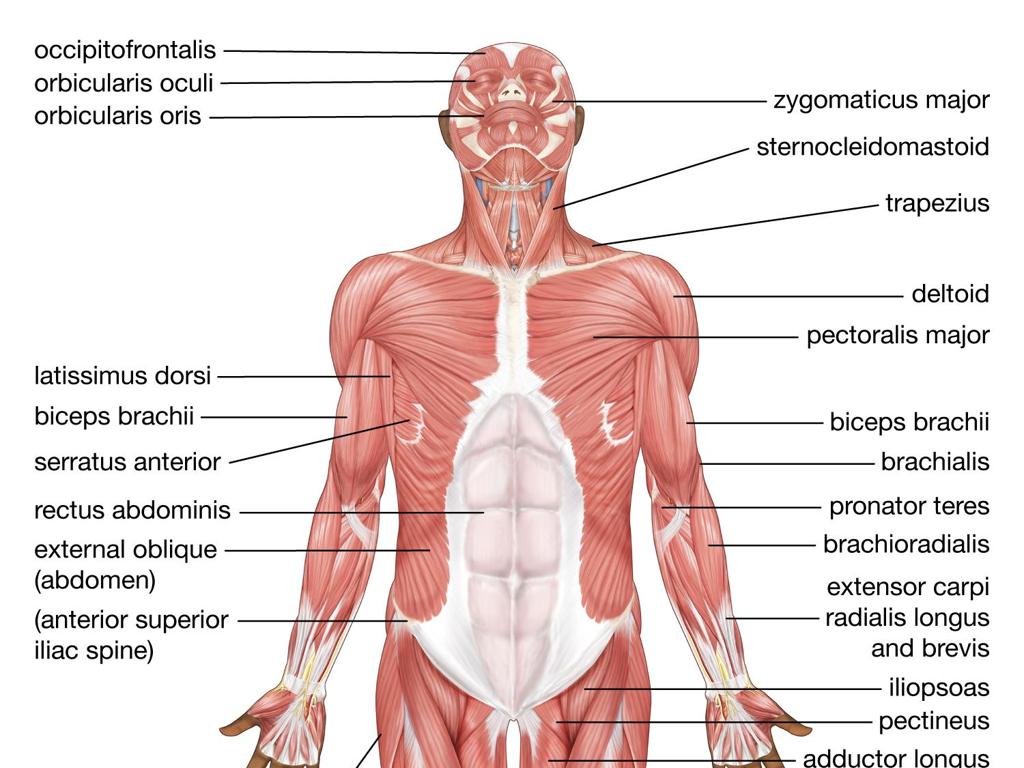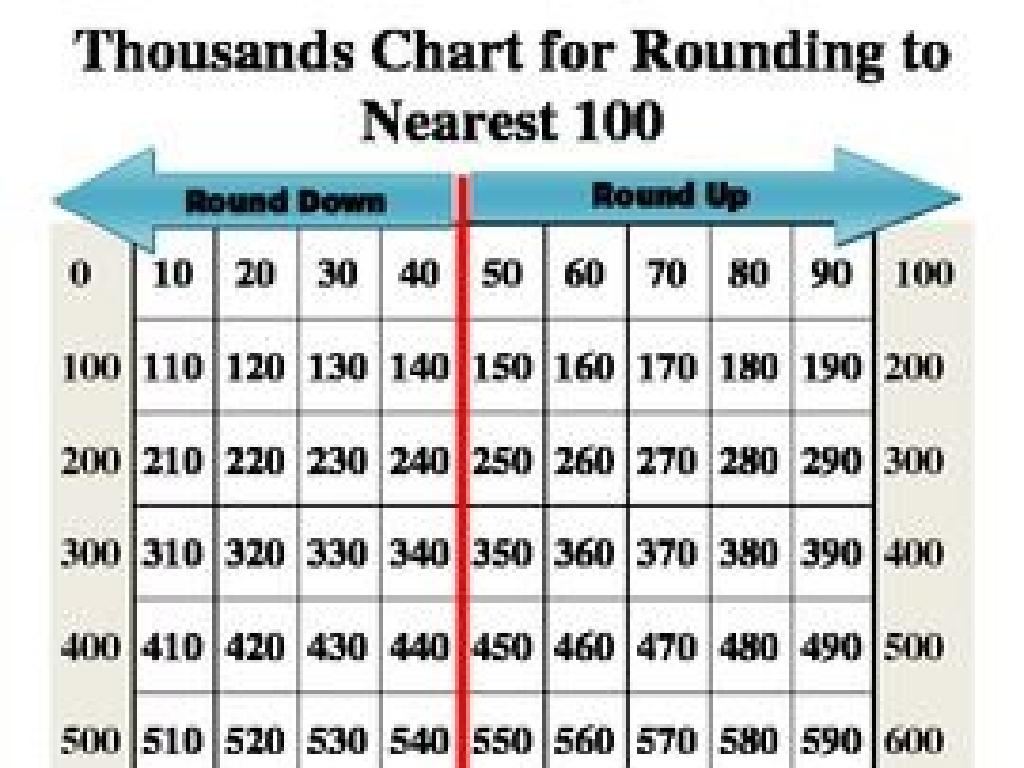Evaluate Numerical Expressions Involving Rational Numbers
Subject: Math
Grade: Eighth grade
Topic: Rational Numbers
Please LOG IN to download the presentation. Access is available to registered users only.
View More Content
Understanding Rational Numbers
– Define rational numbers
– Numbers expressed as a fraction of two integers, e.g., 1/2, 3/4
– Daily life examples
– Examples: measuring ingredients, dividing a pizza
– Rational numbers in math
– Used in various math concepts and real-world problems
– Practice evaluating expressions
– Solve expressions like 3/4 + 2/5 or (1/2) * (3/7)
|
This slide introduces the concept of rational numbers, which are any numbers that can be expressed as the quotient or fraction of two integers. Provide students with relatable examples such as measuring ingredients for a recipe or dividing a pizza among friends to illustrate the use of rational numbers in everyday life. Emphasize the importance of rational numbers in mathematics, as they are fundamental in understanding fractions, decimals, and percentages, and are widely used in algebra and geometry. Encourage students to practice evaluating numerical expressions involving rational numbers to gain fluency in this skill.
Understanding Rational Numbers
– Define rational numbers
– Numbers expressed as a fraction of two integers
– Rational vs. irrational numbers
– Rational numbers can be written as fractions; irrational cannot
– Plotting on the number line
– Show how to represent fractions and decimals on a line
– Examples of rational numbers
|
Begin the lesson by defining rational numbers as any number that can be expressed as the quotient or fraction p/q of two integers, with the denominator q not equal to zero. Contrast rational numbers with irrational numbers, highlighting that irrational numbers cannot be expressed as simple fractions. Use a number line to visually represent where rational numbers fall, including both positive and negative fractions and decimals. Provide examples such as 1/2, 0.75, and -3/4 to illustrate rational numbers. Encourage students to think of their own examples and to practice plotting them on a number line to reinforce their understanding.
Properties of Rational Numbers
– Commutative property explained
– Order doesn’t affect sum/product: a + b = b + a, a * b = b * a
– Associative & distributive properties
– Grouping doesn’t affect sum/product: (a + b) + c = a + (b + c), a(bc) = (ab)c
– Adding & multiplying rational numbers
– Combine like terms to simplify: a(b + c) = ab + ac
– Significance of zero and one
– Zero is the additive identity, one is the multiplicative identity
|
This slide introduces the fundamental properties of rational numbers, which are essential for understanding how to evaluate numerical expressions. The commutative property allows us to rearrange numbers when adding or multiplying without changing the result. The associative property lets us group numbers differently, and the distributive property helps in expanding expressions. Emphasize the special roles of zero and one: zero does not change the value of a number when added (additive identity) and multiplying any number by one gives the number itself (multiplicative identity). Provide examples for each property to ensure students can apply these concepts when evaluating expressions with rational numbers.
Evaluating Expressions with Rational Numbers
– Understanding evaluation of expressions
– To evaluate an expression means to find its value.
– Applying Order of Operations (PEMDAS)
– Remember: Parentheses, Exponents, Multiplication/Division, Addition/Subtraction.
– Working with rational numbers
– Rational numbers include fractions, decimals, and integers.
– Practice with example expressions
– Example: Evaluate 3/4 + (2^3 – 5).
|
This slide introduces the concept of evaluating expressions, focusing on the use of rational numbers. Start by explaining what it means to evaluate an expression: to calculate its value. Emphasize the importance of following the order of operations, using the PEMDAS acronym as a guide. Discuss how rational numbers, which include fractions, decimals, and integers, can be used in these expressions. Provide an example for the students to work through, such as 3/4 + (2^3 – 5), and guide them through the steps of evaluating it. Encourage students to practice with additional expressions and to be mindful of the order of operations when doing so.
Working with Negative Rational Numbers
– Grasping negative numbers
– Negative numbers represent values less than zero
– Rules for operations with negatives
– Adding opposites cancels out, subtracting is adding the opposite
– Multiplying and dividing negatives
– Negative times a negative equals a positive, as does dividing
– Real-world negative number examples
– Temperature changes, bank overdrafts, or altitude below sea level
|
This slide aims to solidify the students’ understanding of negative rational numbers and the rules for performing basic arithmetic operations with them. Begin by explaining the concept of negative numbers and their position on the number line relative to zero. Discuss the rules for adding, subtracting, multiplying, and dividing negative numbers, emphasizing the concept of additive inverses and the idea that multiplying or dividing two negatives results in a positive. Use practical examples such as temperature changes (e.g., going from 3 degrees to -2 degrees), bank account overdrafts, or measuring altitude below sea level to illustrate these concepts in a context that is relatable to the students. Encourage students to think of other real-life scenarios where they might encounter negative rational numbers.
Class Activity: Evaluating Rational Expressions
– Group activity: Team problem-solving
– Individual practice: Work on expressions
– Share solutions with the class
– Group discussion on the results
|
This slide introduces a class activity focused on evaluating numerical expressions with rational numbers. Begin with a group activity where students collaborate to solve expressions. Provide each group with a set of problems that require evaluating rational expressions. After the group work, students should practice individually on a separate set of expressions to reinforce their understanding. Once everyone has completed their individual practice, have students share their solutions with the class. This will be followed by a group discussion to compare approaches and clarify any misunderstandings. Ensure that the problems vary in difficulty and that each student has the opportunity to contribute to the discussion. Possible activities could include creating a wall of solutions, peer teaching, or a mini-competition between groups.
Real-World Applications of Rational Numbers
– Budgeting with rational numbers
– Compare income and expenses to manage finances effectively.
– Measurements involve rational numbers
– Precise length, weight, and volume calculations.
– Science and engineering use rational numbers
– Critical in experiments and design calculations.
– Understanding the practicality
|
This slide aims to show students the importance of rational numbers in everyday life. When budgeting, rational numbers help compare income and expenses, allowing for effective financial management. In measurements, they are used for accuracy in dimensions, weight, and volume, which is essential in fields like construction and cooking. Science and engineering rely on rational numbers for precise calculations in experiments and designs. Encourage students to think of other areas where they use rational numbers and discuss the practicality of understanding these concepts for their future careers and personal life.
Wrapping Up: Rational Numbers
– Review of rational numbers
– Summarize key points: fractions, decimals, operations
– Homework: Problem set
– Solve assigned problems to reinforce today’s lesson
– Next: Irrational numbers
– Get ready to explore numbers that can’t be expressed as fractions
– Keep practicing!
|
As we conclude today’s lesson on rational numbers, ensure students have a solid understanding of the concepts covered, including the representation of rational numbers as fractions and decimals, and performing operations with them. Assign a set of practice problems for homework to provide additional reinforcement. Looking ahead, prepare students for the next lesson on irrational numbers by explaining that these are numbers that cannot be written as simple fractions, such as the square root of 2. Encourage students to continue practicing the concepts learned today to build a strong foundation for understanding irrational numbers.





